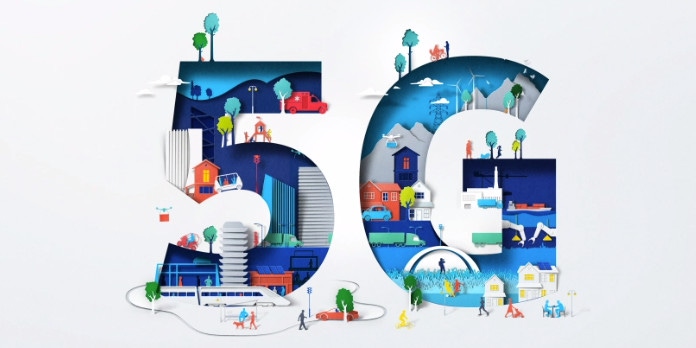Finnish kit vendor Nokia has been getting involved with liquid cooling 5G base stations and dynamically refarming loads of spectrum.
June 3, 2020

Finnish kit vendor Nokia has been getting involved with liquid cooling 5G base stations and dynamically refarming loads of spectrum.
Ericsson might be having a good run of 5G deal wins, but can it liquid cool its base stations? Well, Nokia can. The proof of the pudding is in its deployment by Finnish MNO Elisa, for which the new tech is helping reduce the potential energy expenses of its base stations by 30 percent and CO2 emissions by approximately 80 percent. This is apparently the first commercial deployment of this sort of thing.
Base stations produce a fair bit of heat, most of which is dissipated into the air around them. By using liquid cooling, that heat can be repurposed, although it’s not immediately obvious what for. Liquid-cooled sites are silent, we’re told, they require zero maintenance, and can be 50 percent smaller and 30 percent lighter than standard active air conditioning units.
“Nokia was first to introduce a liquid-cooled base station with the 2G, 3G and 4G base stations with Elisa in Finland,” said Tommi Uitto, President of Mobile Networks at Nokia. “Now we have demonstrated the world’s first liquid-cooled AirScale 5G base station in commercial operations, making liquid cooling a reality for all network generations. This innovative solution supports operators in their quest to be more environmentally responsible while allowing them to achieve significant cost savings.”
“Elisa has set a clear target to be carbon neutral at the end of 2020,” said Sami Komulainen, EVP of Production at Elisa. “We also want to maintain our 5G leadership and continue to be amongst the top operators in the world to offer the wide benefits of this new technology to our customers. Innovations such as Nokia’s liquid cooling 5G base station demonstrate how 5G can help drive sustainability.”
Save a few euros and get to do some eco virtue-signalling at the same time, seems like a double win to us. Meanwhile Nokia has helped Vodafone Idea to complete what they claim is the world’s largest Dynamic Spectrum Refarming deployment. As the name implies, DSR technology enables MNOs to allocate spectrum to different radio technologies on the fly, which should make the transition from one generation to another more smooth. The two also collaborated over some massive MIMO gear.
“At a time when connectivity is so crucial, the deployment of DSR and mMIMO will help Vodafone Idea enhance network capacity and improve the experience for their customers,” said Sanjay Malik, Head of India at Nokia. “We are committed to helping mobile operators around the world strengthen and optimize the efficiency of their networks through innovative solutions so that they can fully utilize all available resources.”
“Dynamic spectrum refarming provides us with more network capacity and data speed to enable us to deliver best-in-class network experience to our subscribers,” said Vishant Vora CTO at Vodafone Idea. “Vodafone Idea was the first one to trial the DSR and I thank Nokia for the close partnership. Similarly, we have the largest deployment of mMIMOs in India and our investment in mMIMO technology significantly helped us in meeting the growing data demand during the COVID-19 crisis.”
So, Ericsson got to show off yesterday, today is Nokia’s turn, but things are strangely quiet from Huawei. Come on, you’re not going to let a bit of aggro from the US keep you down are you?
About the Author(s)
You May Also Like








.png?width=300&auto=webp&quality=80&disable=upscale)


_1.jpg?width=300&auto=webp&quality=80&disable=upscale)


.png?width=800&auto=webp&quality=80&disable=upscale)